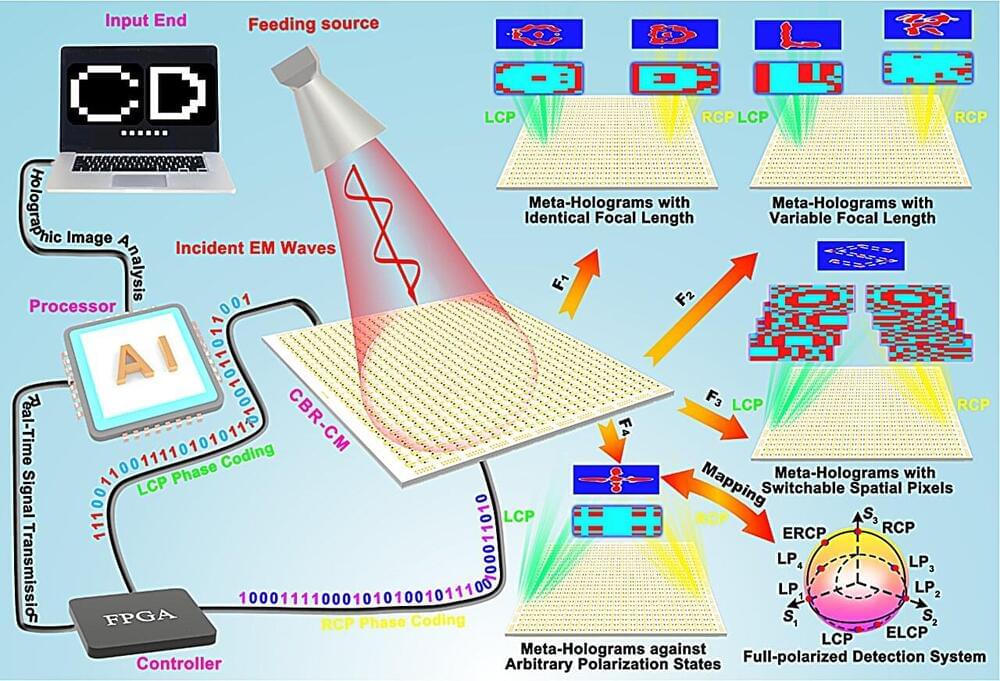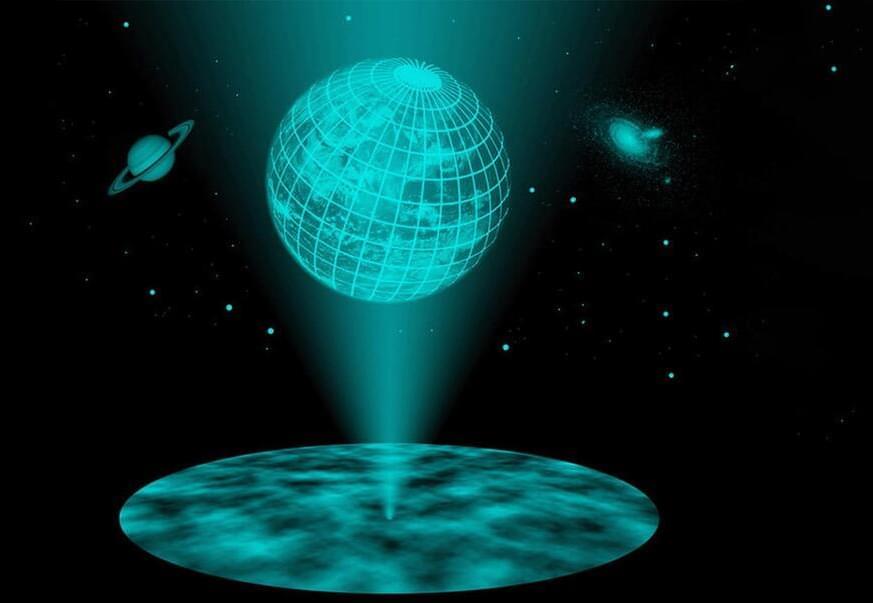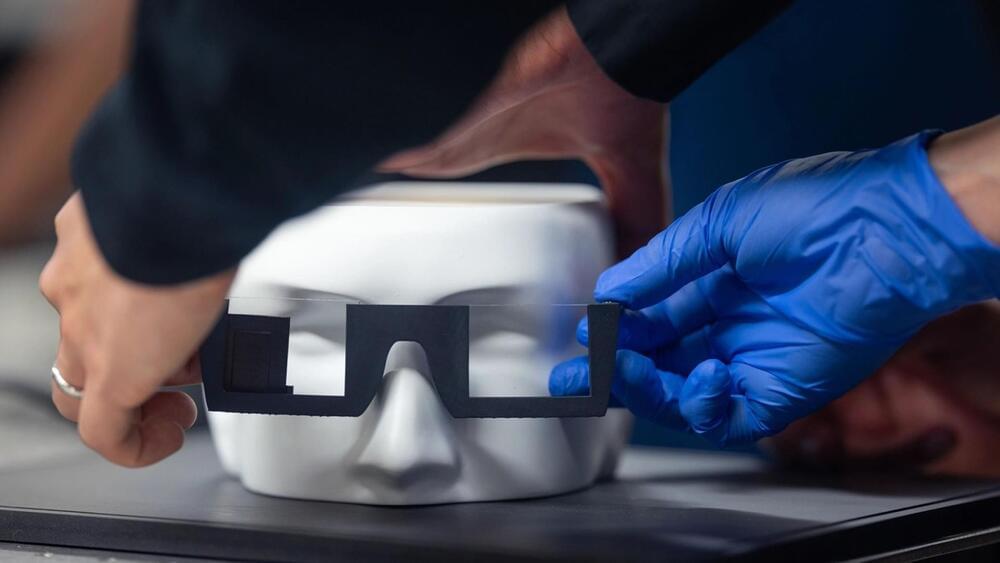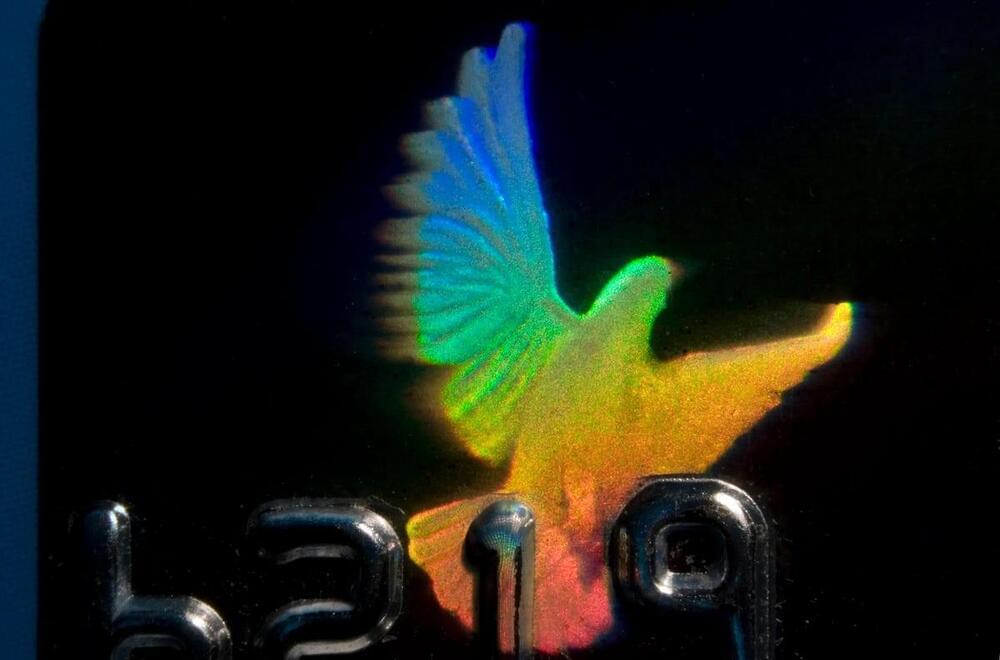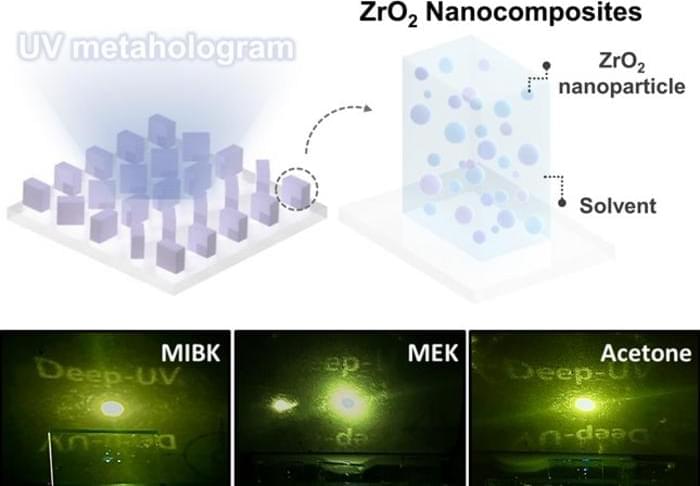An article in Opto-Electronic Advances, discusses complete-basis-reprogrammable coding metasurface for generating dynamically-controlled holograms under arbitrary polarization states.
Category: holograms – Page 4
New “metaholograms” could transform AR/VR technologies by enabling crosstalk-free, high-fidelity image projection with vastly increased information capacity.
Researchers have developed a new type of holograms, known as “metaholograms,” capable of projecting multiple high-fidelity images free of crosstalk. This innovation opens doors to advanced applications in virtual and augmented reality (AR/VR) displays, data storage, and image encryption.
Metaholograms offer several advantages over traditional holograms, including broader operational bandwidth, higher imaging resolution, wider viewing angle, and more compact size. However, a major challenge for metaholograms has been their limited information capacity which only allows them to project a few independent images. Existing methods typically can provide a small number of display channels and often suffer from inter-channel crosstalk during image projections.
This innovation has the potential to significantly improve AR/VR displays by enabling the projection of more complex and realistic scenes. It also holds promise for applications in image encryption, where the information is encoded into multiple holographic channels for enhanced security.
The research is a significant step forward in developing high-performance metaholograms with a vastly increased information capacity. This study paves the way for exciting new possibilities in various fields, from advanced displays to information encryption and information storage.
Close friend and coworker Thomas Hertog explores the groundbreaking physicist’s theories regarding the Big Bang’s beginnings on this, the sixth anniversary of Stephen Hawking’s passing.
I was appointed as Stephen Hawking’s PhD student in 1998 “to work on a quantum theory of the Big Bang.” Over the course of about 20 years, what began as a doctoral project evolved into a close collaboration that came to an end only six years ago, on March 14, 2018, when he passed away.
The mystery that drove our investigation during this time was how the Big Bang could have produced conditions that were so ideal for life. How should we interpret this enigmatic display of intent?
Engineers at Stanford University have successfully combined AI and holographic imagery to develop the augmented reality headset of the future.
A man who married a hologram of his favourite fictional character has found himself no longer able to communicate with his virtual wife.
Holograms preserve all of an object’s 3D information, but on a 2D surface. Could the holographic Universe idea lead us to higher dimensions?
Professor Junsuk Rho from the Department of Mechanical Engineering, Chemical Engineering, and Electrical Engineering, Hyunjung Kang and Nara Jeon, PhD candidates, from Department of Mechanical Engineering and Dongkyo Oh, a PhD student, from the Department of Mechanical Engineering at Pohang University of Science and Technology (POSTECH) successfully conducted a thorough quantitative analysis. Their aim is to determine the ideal printing material for crafting ultraviolet metasurfaces.
Their findings featured in the journal Microsystems & Nanoengineering (“Tailoring high-refractive-index nanocomposites for manufacturing of ultraviolet metasurfaces”).
Diagram illustrating the composition of nanocomposites for ultraviolet metasurface fabrication. (Top) Diagram illustrating the ZrO 2 nanocomposite’s role in achieving high transfer fidelity ultraviolet metaholograms. (Bottom) Comparison of UV holograms under various solvent conditions. (Image: POSTECH)
